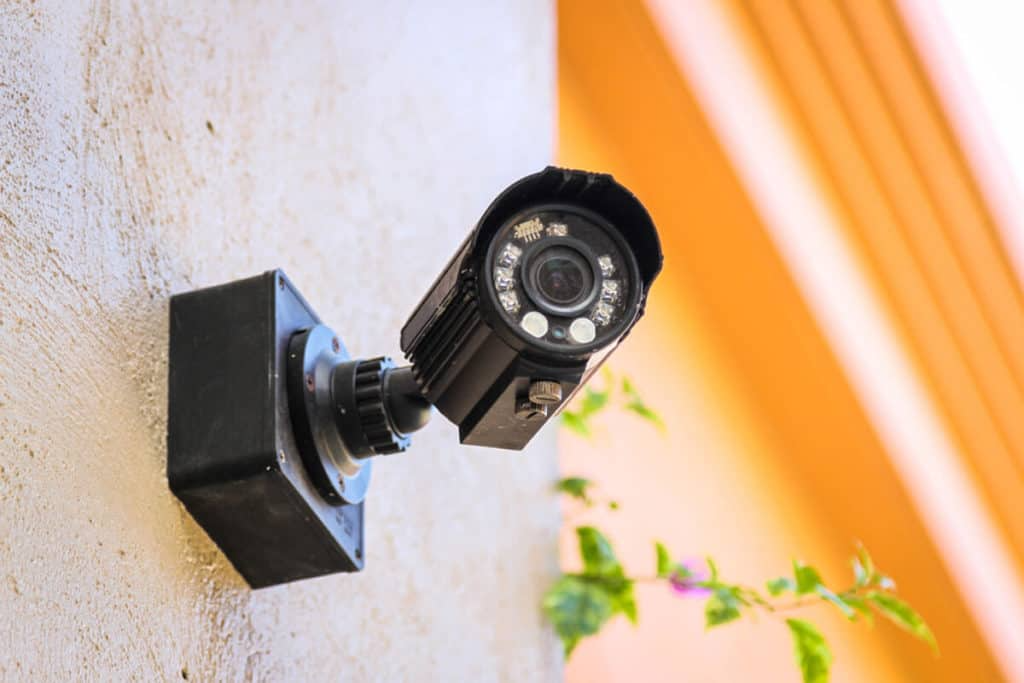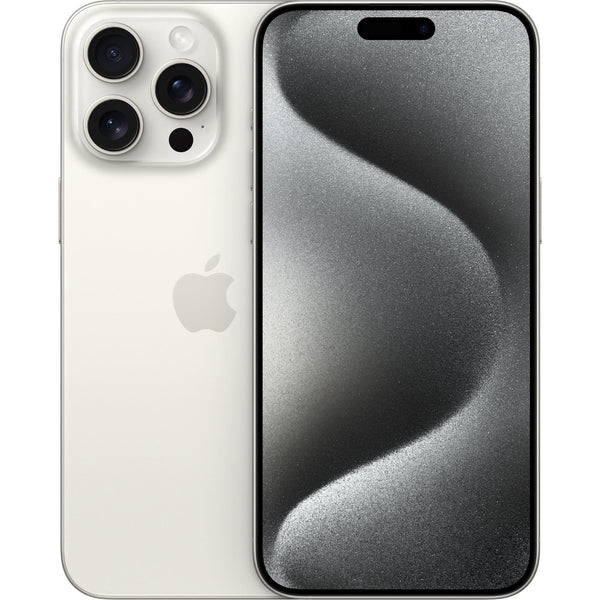Upgrading your vehicle with a backup camera can significantly enhance safety by providing a clear view of the area behind your car, which helps to prevent accidents when reversing. This article will guide you through the process of installing a backup camera step by step.
Understanding the Benefits of a Backup Camera
Enhanced Safety Measures
Incorporating a backup camera into your vehicle setup offers a significant enhancement to safety. Traditionally, drivers have been limited by the scope of their rearview or side mirrors, as well as the natural blind spot that comes with turning one’s head to look back. Backup cameras offer a solution to these limitations, providing a direct view of the rear of the vehicle. This assists in detecting obstacles that are too low for the rearview mirror to catch, such as small objects or even children and pets. By delivering real-time video to a dashboard monitor, these cameras enable drivers to reverse with greater confidence, reducing the risk of accidents and making parking maneuvers safer in busy or cramped spaces.
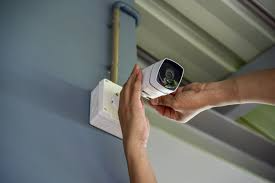
Insurance and Liability Advantages
Installing a backup camera can also lead to potential insurance benefits. Many insurance companies recognize the added safety features that cameras provide and may offer discounts on premiums for vehicles equipped with them. Furthermore, in the unfortunate event of an accident, a backup camera can provide pivotal evidence that may help establish the sequence of events leading up to a collision. This can be an asset in insurance claims and disputes, where clarity on liability is required.
Convenience and Stress Reduction
Beyond safety, backup cameras add an element of convenience to driving. Parking, especially in reverse, is one of the more stressful aspects of driving for many people. A backup camera takes much of the guesswork out of this process, offering a clear view of the parking space and any surrounding hazards. This can be particularly beneficial for larger vehicles, such as SUVs or trucks, which have more significant blind spots and are more challenging to maneuver. Drivers can park more quickly and with less anxiety, which is especially helpful in high-traffic areas where the pressure to park efficiently is felt more acutely.
Increased Vehicle Value and Appeal
In the modern car market, backup cameras are increasingly becoming a standard feature. As a result, adding a camera to an older model not only brings it up-to-date with newer vehicles but can also increase its resale value. Buyers are often looking for the latest features for convenience and safety, and a backup camera is high on the list of desirable additions. Moreover, should you choose to sell your vehicle, the presence of a backup camera can be an attractive selling point, potentially speeding up the sale process and increasing the car’s market appeal.
Enhanced Visibility in Adverse Conditions
Lastly, backup cameras can offer improved visibility in adverse weather conditions. Rain, snow, and fog can obscure a driver’s vision through mirrors or over the shoulder. A backup camera, particularly one with night vision capabilities, can cut through these visual impairments, providing a clearer picture of what lies behind the vehicle. This improved visualization can be a game-changer in preventing weather-related reversing mishaps.
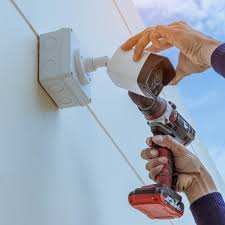
Backup cameras are not just a fancy add-on; they are an essential investment in your vehicle’s safety, functionality, and value. Understanding these benefits can help drivers make an informed decision to install a backup camera, ensuring peace of mind and a safer driving experience for all.
Choosing the Right Backup Camera
Camera Types and Features
When selecting a backup camera, it’s important to understand the different types available and the features they offer. Backup cameras come in various forms, such as surface-mounted, flush-mounted, and license plate-mounted cameras. Each type offers different viewing angles and aesthetics, so consider what’s most important for your vehicle and personal preference.
Surface-mounted cameras provide the highest vantage point and typically offer the widest viewing angles. They are versatile and can be mounted on any flat surface, making them a popular choice for larger vehicles like trucks and RVs where increased visibility is a priority.
Flush-mounted cameras are designed to be installed in a pre-drilled hole on the vehicle, offering a clean and low-profile appearance that blends seamlessly with the vehicle’s design. While these cameras might offer more limited viewing angles compared to surface-mounted options, they are less conspicuous and can be a better fit for those prioritizing aesthetics.
License plate-mounted cameras attach to the license plate using the existing screw holes, which makes for a simple installation process. They are a universal solution that doesn’t require any drilling or significant alterations to the vehicle’s exterior.
When evaluating camera features, pay attention to the camera’s resolution and night vision capabilities. Higher resolution cameras provide clearer images, which can be crucial in low-light conditions. Night vision is an essential feature if you frequently park in poorly lit areas as it ensures the camera’s usability regardless of the time of day.
Another key consideration is whether the camera offers parking guidelines. These on-screen lines can be incredibly helpful in gauging distance while reversing but may not be necessary for experienced drivers who prefer an unobstructed view.
Compatibility with Your Vehicle
Not all backup cameras are compatible with every vehicle, so it’s vital to confirm that the camera you’re considering can integrate with your vehicle’s systems. This is particularly important for cars with existing in-dash displays. In such cases, you’ll need a camera that can connect to your display either wirelessly or via a wired connection.
Wireless cameras are generally easier to install because they don’t require running a video cable from the camera to the display. However, they may be subject to interference from other wireless devices and typically require a separate power source.
Wired cameras are more reliable in terms of signal quality and don’t suffer from wireless interference. The installation is more involved, as it requires routing a cable through your vehicle, but the dependable connection can be worth the extra effort.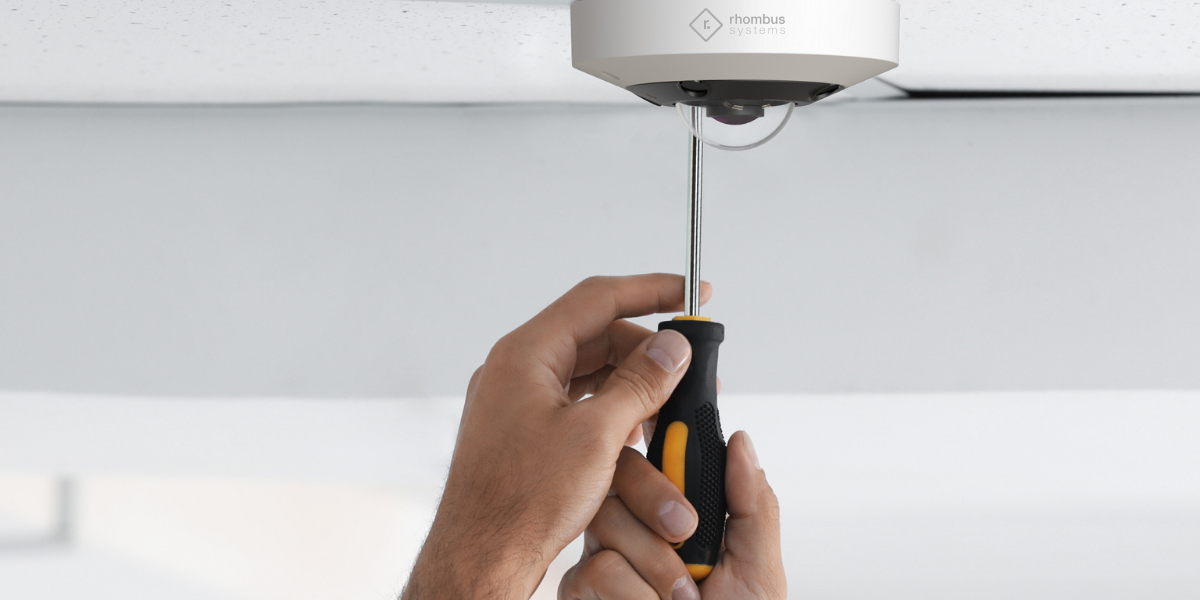
Before making a purchase, also consider the camera’s durability and weather resistance. Since backup cameras are mounted externally, they are exposed to the elements. Look for cameras rated for water and dust resistance, and consider the climate you live in to ensure the camera will function reliably year-round.
Choosing the right backup camera involves balancing various factors, including type, features, compatibility, and durability. By carefully assessing your needs and the specific requirements of your vehicle, you can select a camera that will provide you with confidence and clarity when reversing, ultimately making your driving experience safer and more enjoyable.
Conclusion
Installing a backup camera is a practical upgrade that enhances vehicle safety and functionality. With careful planning and attention to detail, most vehicle owners can tackle this project over a weekend and enjoy the benefits immediately.
